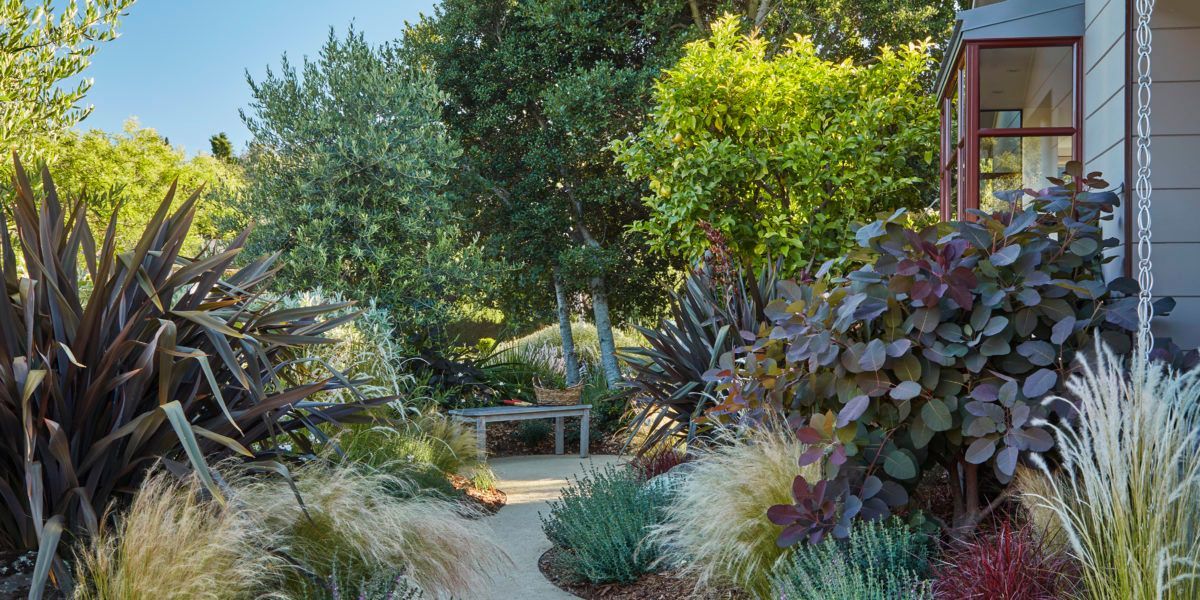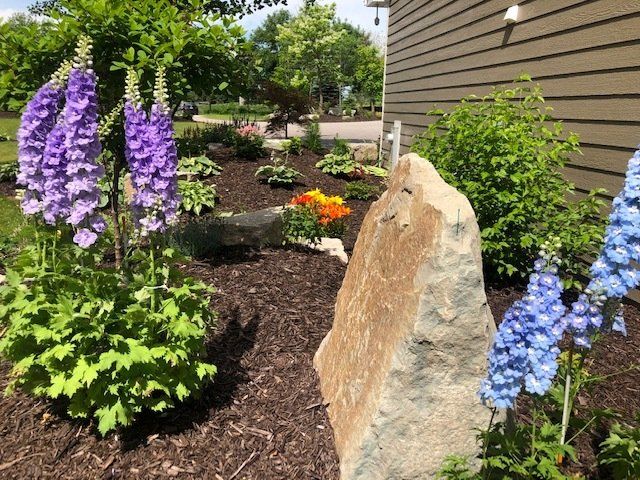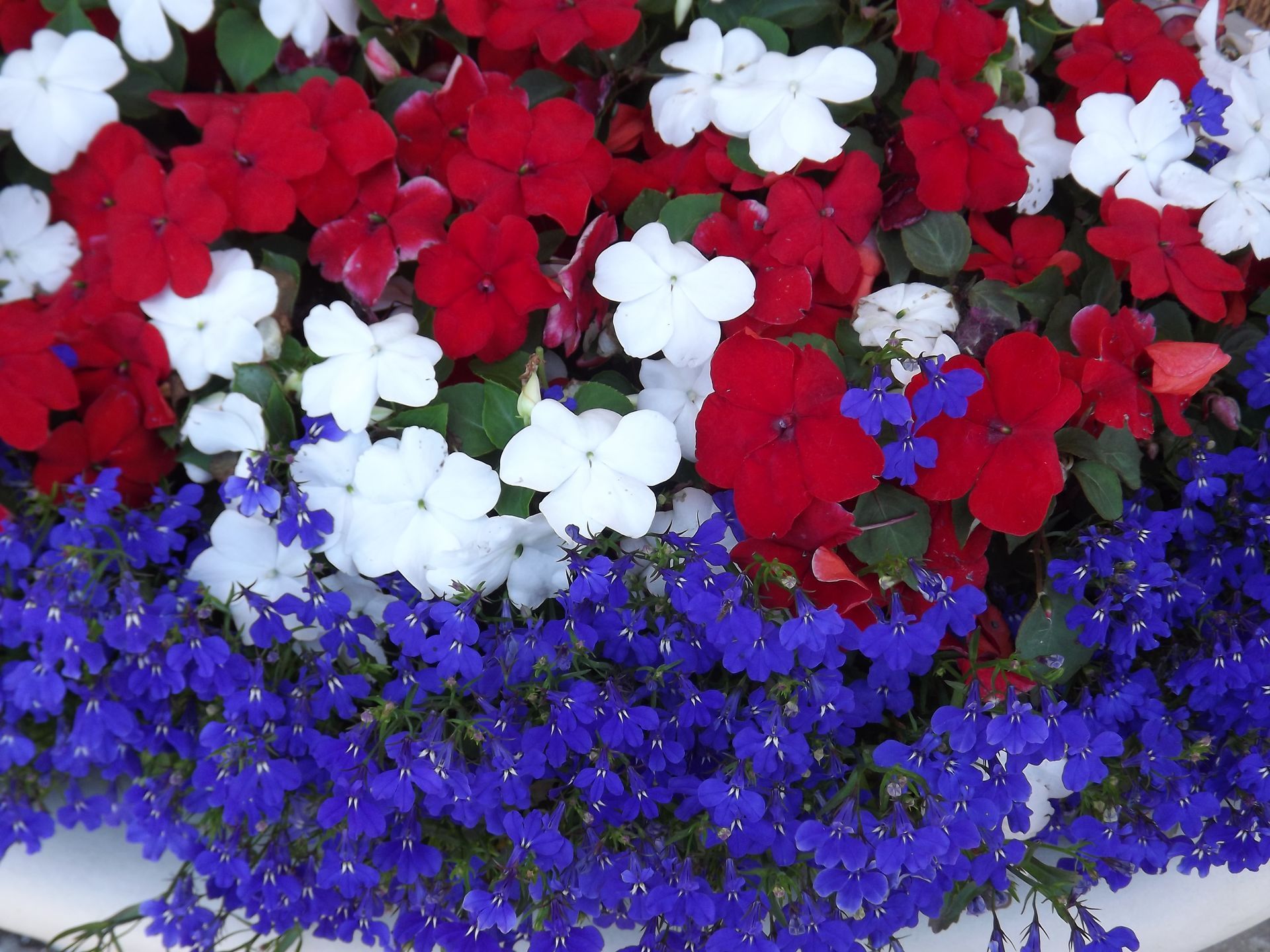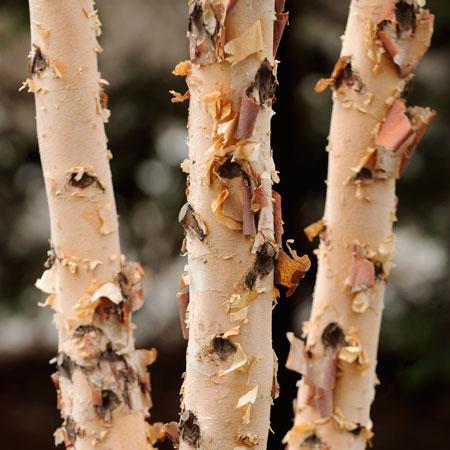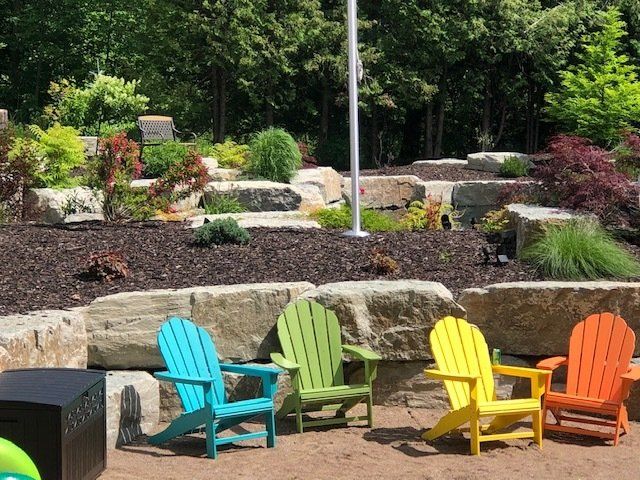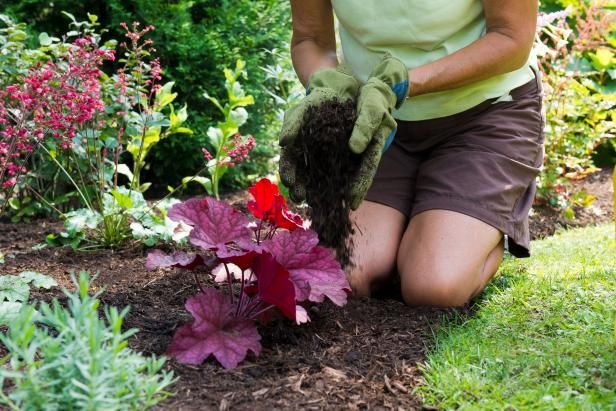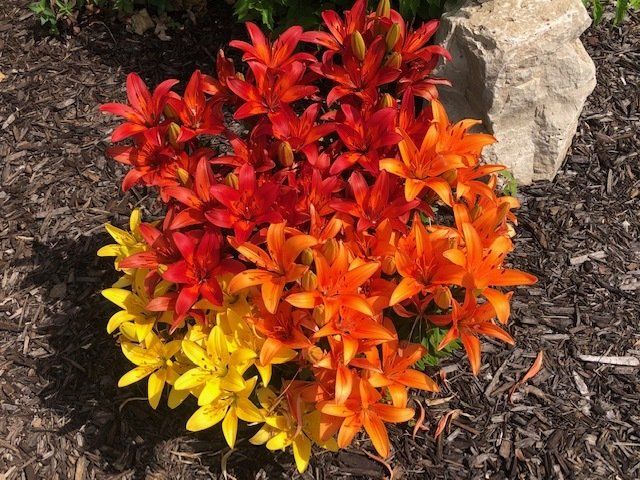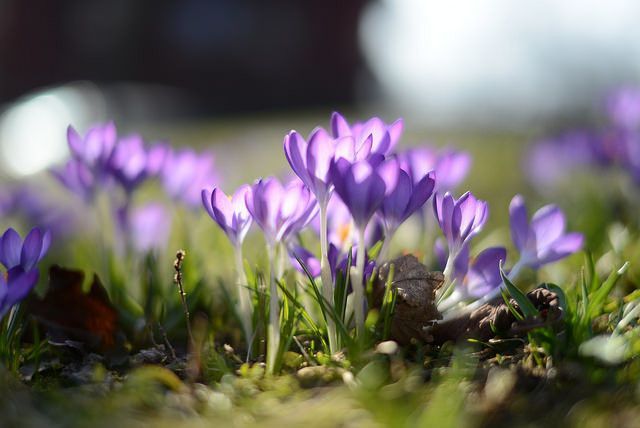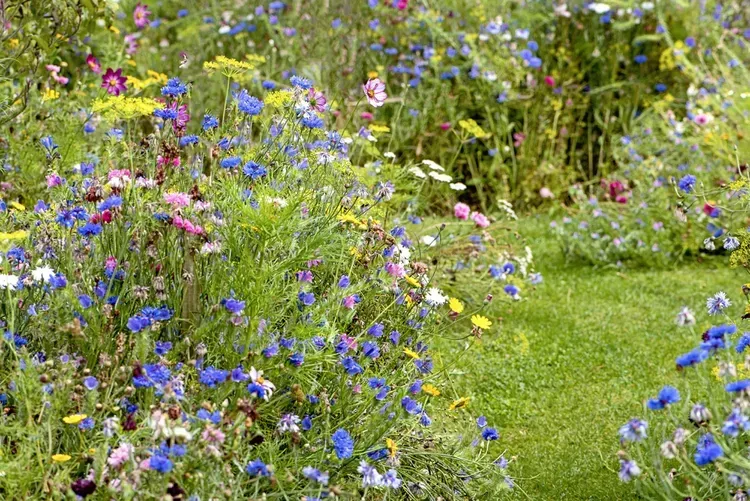Creating Berms
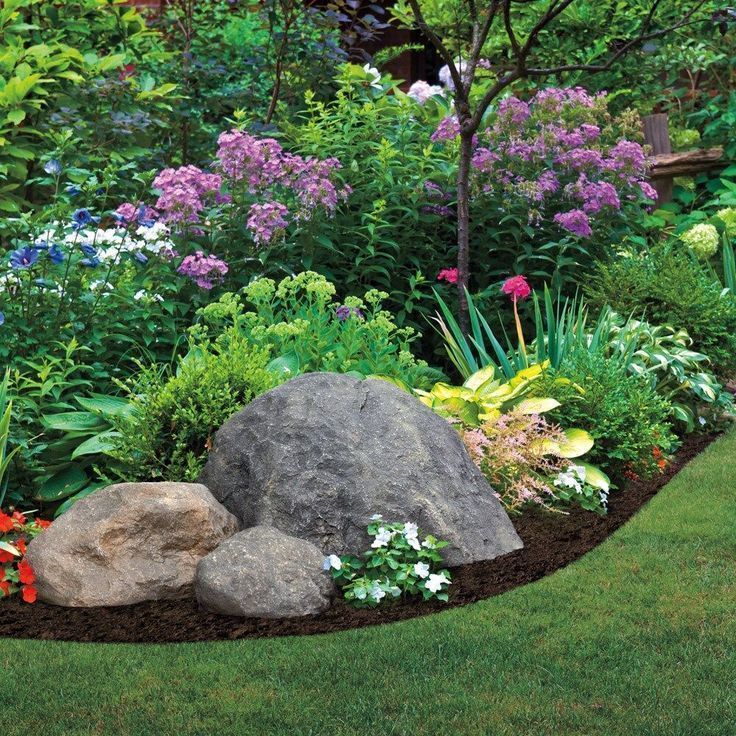
Like the island bed, there are no hard and fast rules for creating a berm. But some simple guidelines can help create a beautiful berm.
Berms and island beds can be quite similar, but there are two notable differences. The island bed generally “floats” alone in the landscape, whereas a berms are sweeping hills that alter the landscape. A berm alters and becomes a part of the landscape, often flowing up to or adjoining with other elements of the landscape such as structures or an adjoining hills or a stand of woods. Tapering the berm to the natural ground level also makes it appear a part of the natural landscape, but it is becoming common to see berms walled up. The other primary difference is that an island is generally created on the existing elevation of the property. A berm significantly raises the elevation by building up hills or mounds with soil.
If you are considering creating a berm, keep in mind that a surprisingly large quantity of soil is required. Cultivated soil may be cost prohibitive depending on the size and height of the berm you have envisioned. Check with excavating companies in your area, for a reasonable charge you may be able to acquire fill from construction projects such as digging for a new homes’ basement or a swimming pool. Add cultivated soil only on top and dig in to the planting areas where necessary.
Purpose of a Berm
There are many reasons to create a berm, some very functional, some strictly aesthetic. A functional berm usually becomes aesthetic in its’ finishing.
-
Create interest in a flat landscape
-
Separate functional areas
-
Add a focal point
-
Create a privacy screen
-
Create a wind barrier
-
Create a noise barrier
-
Enhance a design
-
Create a soil depth where soil conditions are unfavorable
-
Elevate plants to a better viewing position
-
Improve or redirect drainage
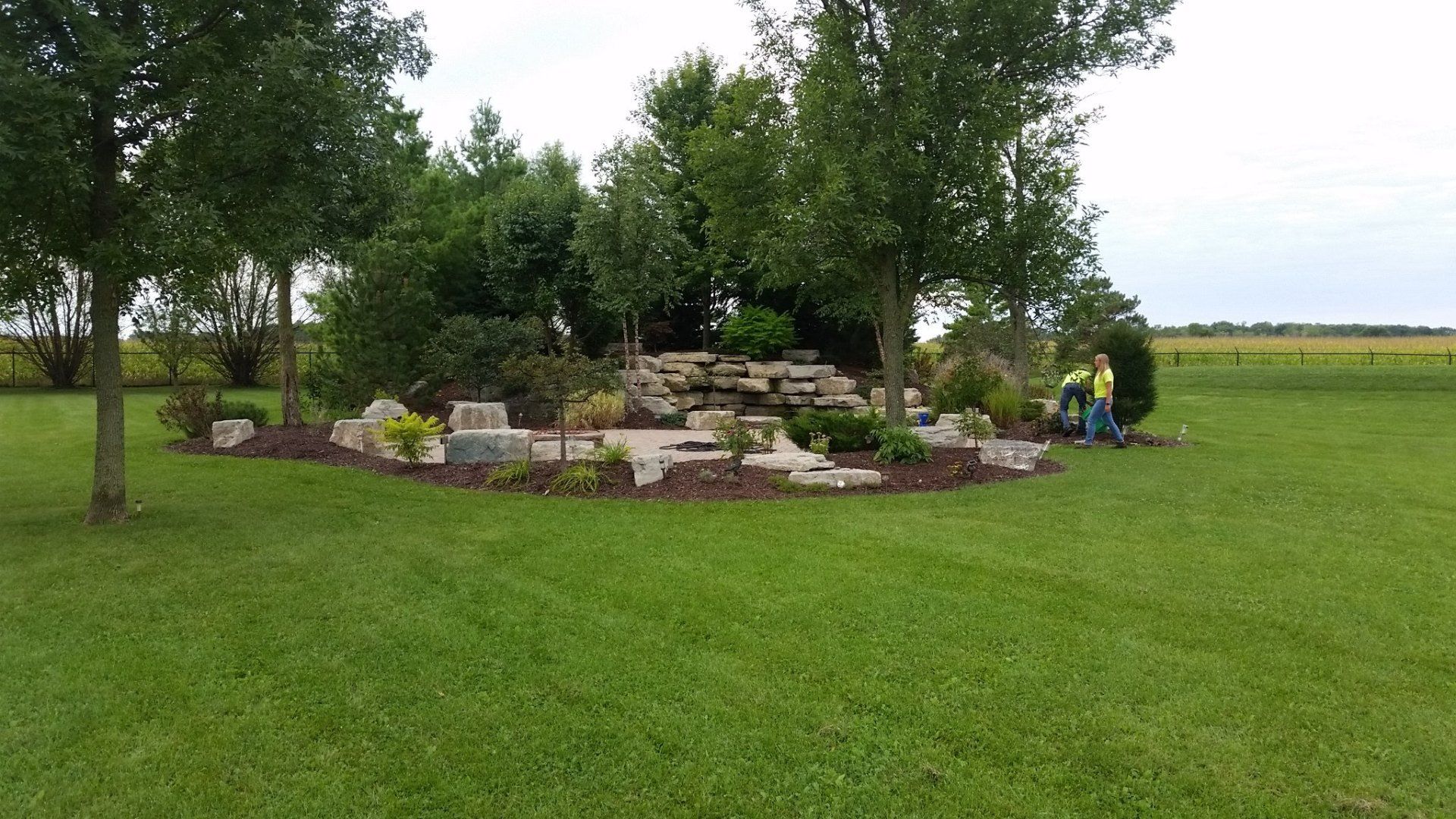
Size and Shape
The size, shape, height and slope of a berm are ultimately up to the property owner or gardener, and naturally there are some “formulas” to guide you in your decision. And of course any specific function of the berm may dictate size and height.
-
The berm should be 4 to 6 times longer than it is high, with a gradual slope. This ratio with gradual transition to the existing landscape will give the berm a natural appearance.
-
More than one mound can be created in a berm.
-
Create wide sweeping curves to prevent tight spaces for mowing.
-
The mound of the berm should be asymmetrical for the most natural appearance (one side more steeply sloped than the other).
-
Berms mounded high as a barrier can be tiered to eliminate steep slope problems. Tiers can be created with boulders, wall block or timbers.

Just a few more things to consider about the slope in your berm.
-
Topsoil will tend to erode and water will tend to run off a steep slope. The problem can be minimized by using shredded mulch, rock or groundcover to cover the berm. Shredded mulch will stay in place better than wood chips.
-
If you are creating a lawn covered berm, mowing can be difficult on a steep slope.
-
The slope of a berm create microclimates. Remember that cold air will flow down a slope, so tender plants in a low spot may be affected by frost. The slopes facing south and west tend to be warmer, those facing north and east will be cooler. The soil on the top of the berm will be substantially drier than the bottom. The berm may block cold north winds providing protection from less hardy plants.
Planting a Berm
Don’t completely hide the beautiful shape you have created with plants, allow the flowing hill and curves to be part of the visual effect. Select and place plants to look natural, mimicking the surroundings if possible. Larger berms are ideal for trees and shrubs. Dwarf ornamental trees and shrubs will work best on smaller berms. Rock gardens with alpine plants are easy to care for.
-
Use plants of different height, taller ones on the backside or on the steeper slope. Medium height plants in sweeping waves across and down the shallow slope. The very smallest plants are best seen when placed at the outer edges.
-
Boulders placed sporadically in the berm create a natural look, add interest, and can provide a transition between plant groupings.
-
Waves of plants across the berm can accentuate the form.
-
Spreading plants or groundcover plants will hold the soil on steep slopes.
-
Berms created to direct drainage or in low spots may have persistently wet areas. Select plants that love wet feet for such areas.
Maintenance
Some maintenance will of course be required, how much will depend on your plant selections and the size of the berm you create. If you don’t want to spend too much time with maintenance, use primarily well healed shrubs and an ornamental tree. Plan for maintenance access by including paths or stepping stones to get to the plants.
Create a berm that you will love! Even a berm created for drainage problems could turn out to be essentially a raised perennial bed. Functional, but in the end beautiful.
Call us today to schedule YOUR free landscape consultation! 920.464.0491
